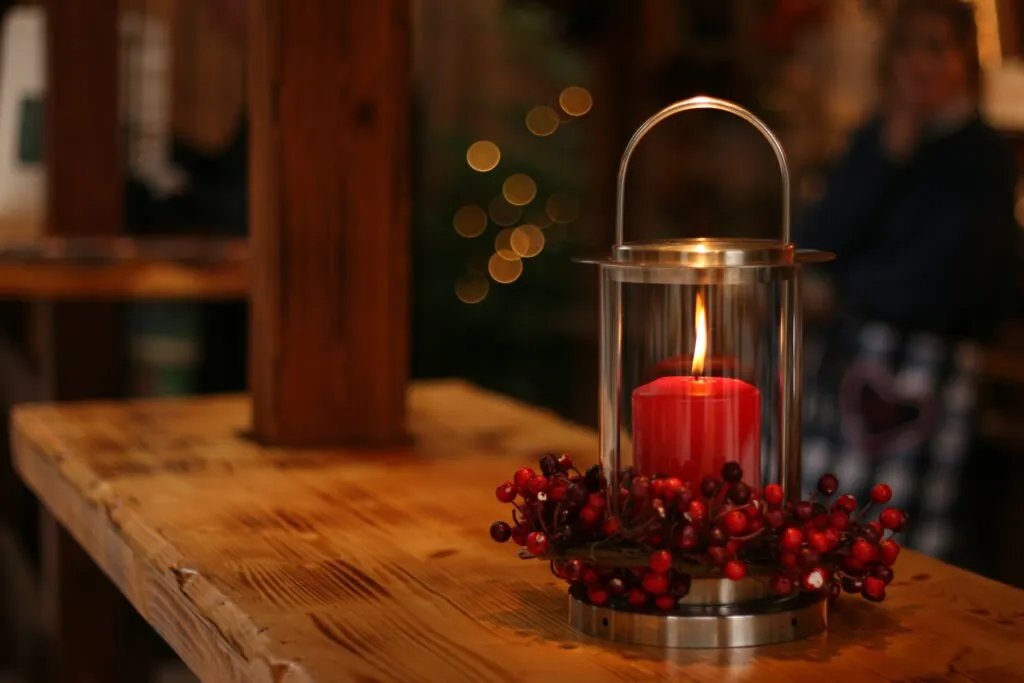Introduction to Contact Paper and Countertops
Contact paper is a self-adhesive material that can be used for a variety of purposes, including covering countertops. It is a popular choice for those who want to update their kitchen or bathroom without the expense of replacing their countertops. Contact paper comes in a wide range of colors and patterns, making it easy to find one that matches your decor.
One of the biggest advantages of using contact paper on countertops is its affordability. It is much cheaper than replacing your countertops with new ones, and it can be done in just a few hours. Additionally, contact paper is easy to install and can be removed without damaging the surface underneath.

Preparing the Countertop Surface for Contact Paper
Before applying contact paper to your countertops, it is important to prepare the surface properly. This will ensure that the contact paper adheres well and lasts for a long time. The first step is to clean the countertop surface thoroughly with soap and water. Any dirt or debris on the surface can prevent the contact paper from sticking properly.
Next, you should sand the surface lightly with fine-grit sandpaper. This will create a rough texture that will help the contact paper adhere better. Be sure to wipe away any dust or debris after sanding.
If there are any cracks or holes in the countertop surface, you should fill them in with wood filler or putty. This will create a smooth surface for the contact paper to adhere to.
Applying Contact Paper to Countertops
Once you have prepared the countertop surface, it’s time to apply the contact paper. Start by measuring the length and width of your countertop and cutting the contact paper accordingly. Be sure to leave some extra material on each side so that you can trim it later.
Peel off the backing of the contact paper and carefully place it on the countertop surface, starting at one end and working your way across. Use a squeegee or credit card to smooth out any air bubbles or wrinkles as you go.
Smoothing Out Air Bubbles and Wrinkles
It’s common to encounter air bubbles or wrinkles when applying contact paper to countertops. To smooth them out, start by using your hands to push them towards the edges of the countertop. Then, use a squeegee or credit card to press them down firmly.
It’s important to take your time during this step and be patient. Rushing through it can result in an uneven application that looks unprofessional.
Trimming Excess Contact Paper from Countertops
Once you have smoothed out all of the air bubbles and wrinkles, it’s time to trim off any excess contact paper from around the edges of your countertop. Use a sharp knife or scissors to make clean cuts along the edge of the countertop.
Sealing Contact Paper on Countertops for Durability
To protect your newly covered countertops from wear and tear, it’s important to apply a sealant over the top of the contact paper. There are several types of sealants that can be used, including polyurethane and acrylic sealers.
Before applying any sealant, make sure that your contact paper has had enough time to dry completely (usually 24-48 hours). Then, apply a thin layer of sealant using a foam brush or roller, being careful not to leave any streaks or bubbles.
Maintaining and Cleaning Contact Paper on Countertops
To keep your newly covered countertops looking their best, it’s important to maintain them properly. Avoid placing hot pots or pans directly on top of them, as this can cause damage over time.
To clean your contact paper-covered countertops, use a mild soap and water solution and a soft cloth or sponge. Avoid using abrasive cleaners or scrubbers that could scratch or damage the surface.
Conclusion:
Covering your countertops with contact paper is an affordable way to update your kitchen or bathroom’s looks without breaking the bank. By following these steps for preparing, applying, trimming, sealing, maintaining and cleaning your new countertops covered with contact papers will ensure they last for years while looking great!